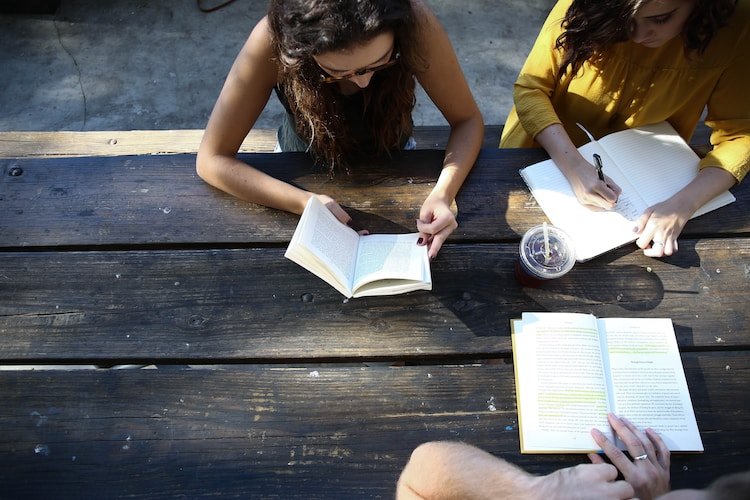
Special education plays a critical role in providing tailored support and opportunities for students with disabilities. As education evolves, it is essential to continually improve special education practices to ensure that all students receive a high-quality and inclusive education. In this article, we will explore 22 best practices for improving special education, focusing on strategies that enhance learning outcomes, promote inclusion, and support the holistic development of students with diverse needs.

1. Individualized Education Plans (IEPs)
Developing individualized education plans is a fundamental best practice in special education. IEPs outline specific goals, accommodations, and services for each student, ensuring that their unique learning needs are addressed.
2. Inclusive Classroom Environments
Creating inclusive classroom environments is vital for promoting the participation and engagement of students with disabilities. Teachers should employ strategies such as differentiated instruction, cooperative learning, and assistive technologies to support diverse learners.
3. Collaboration and Teamwork
Collaboration among educators, specialists, and families is essential for effective special education. Regular communication, sharing of information, and collaborative problem-solving help create a supportive and cohesive team around the student.
4. Early Intervention
Early intervention is critical for identifying and addressing learning challenges as soon as possible. Implementing early screening and intervention programs can lead to better outcomes and reduce the impact of disabilities on students’ academic and social development.
5. Assistive Technology
Utilizing assistive technology tools and devices can significantly enhance the learning experience for students with disabilities. Assistive technology enables students to access curriculum materials, communicate effectively, and develop independent living skills.
6. Universal Design for Learning (UDL)
Applying the principles of Universal Design for Learning helps create inclusive learning environments that cater to diverse student needs. UDL encourages the use of multiple means of representation, engagement, and expression to support all learners.
7. Positive Behavior Supports
Implementing positive behavior support strategies helps create a positive and supportive school climate for students with disabilities. Teaching social-emotional skills, implementing behavior plans, and providing positive reinforcement promote appropriate behavior and reduce challenging behaviors.
8. Professional Development
Ongoing professional development is crucial for educators in special education. Training opportunities and workshops can enhance teachers’ knowledge and skills in supporting students with disabilities and implementing evidence-based practices.
9. Parent and Family Involvement
Involving parents and families in the educational process fosters collaboration and supports students’ overall development. Regular communication, family engagement events, and partnerships between home and school contribute to positive educational outcomes.
10. Transition Planning
Transition planning is essential for students with disabilities as they move from school to post-secondary education or the workforce. Preparing students for life beyond school includes career exploration, vocational training, and connecting students with community resources.
11. Culturally Responsive Practices
Recognizing and valuing cultural diversity in special education is crucial for creating inclusive and equitable learning environments. Educators should be culturally responsive, understanding and respecting the unique experiences and backgrounds of students with disabilities.
12. Assessment Accommodations
Providing appropriate assessment accommodations ensures that students with disabilities can demonstrate their knowledge and skills effectively. Accommodations may include extended time, alternative formats, or assistive technologies to remove barriers and support student success.
13. Individualized Transition Plans
Individualized transition plans are crucial for students with disabilities as they transition from school to post-secondary settings. These plans focus on post-secondary education, employment, independent living, and community involvement to support students’ long-term success.
14. Data-Driven Instruction
Using data to inform instructional decisions is an effective practice in special education. Collecting and analyzing student data helps identify areas of strength and areas requiring additional support, allowing for targeted interventions and instructional adjustments.
15. Collaborative Problem-Solving
Collaborative problem-solving approaches, such as the Response to Intervention (RTI) framework, help identify and address academic and behavioral challenges early on. Through a multi-tiered system of support, educators collaborate to provide interventions and monitor student progress.
16. Person-Centered Planning
Person-centered planning involves students with disabilities in decision-making processes regarding their education and future goals. It empowers students to express their preferences, interests, and aspirations, ensuring their voices are heard and respected.
17. Social Skills Training
Teaching social skills is essential for students with disabilities to navigate social interactions and develop meaningful relationships. Social skills training can include explicit instruction, modeling, role-playing, and opportunities for peer interaction.
18. Sensory Integration Strategies
Many students with disabilities experience sensory processing difficulties. Implementing sensory integration strategies, such as sensory breaks, sensory diets, and sensory-friendly classrooms, helps create environments that support students’ sensory needs.
19. Co-Teaching and Collaboration
Co-teaching and collaboration between general education and special education teachers benefit all students in inclusive classrooms. Co-teachers can share expertise, differentiate instruction, and provide targeted support to meet the diverse needs of learners.
20. Positive Reinforcement and Rewards
Using positive reinforcement and rewards helps motivate and encourage students with disabilities. Celebrating achievements, recognizing effort, and providing meaningful incentives promote a positive learning environment and reinforce desired behaviors.
21. Peer Support and Peer Tutoring
Peer support and peer tutoring programs foster inclusive learning environments where students with disabilities receive assistance and support from their peers. Peer interactions promote socialization, empathy, and academic growth for all students involved.
22. Continuous Evaluation and Improvement
Regular evaluation of special education programs and practices is necessary to identify areas for improvement and ensure ongoing quality. Collecting feedback, monitoring outcomes, and making data-driven adjustments contribute to the continuous enhancement of special education services.
Conclusion
Improving special education requires a commitment to inclusive practices, collaboration, and ongoing professional development. By implementing these 22 best practices, educational institutions can enhance the learning experiences and outcomes for students with disabilities. As we continue to strive for inclusive and equitable education, it is essential to prioritize the individual needs of students, promote collaboration among stakeholders, and embrace evidence-based strategies. Through these efforts, we can create a more inclusive and supportive educational environment that empowers every student to reach their full potential.





